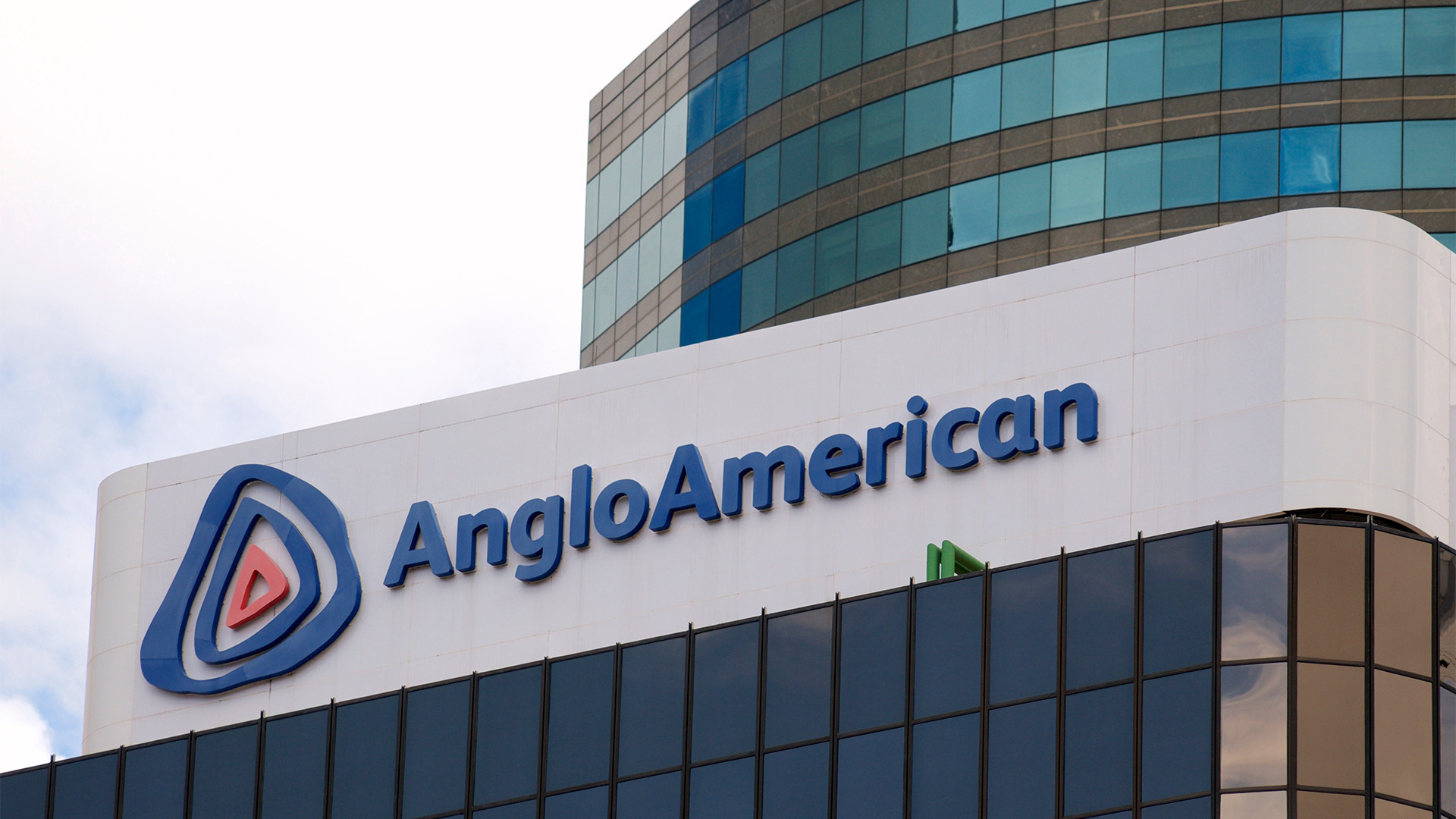China’s shock interest rate rise will probably have set a few hearts a fluttering in boardrooms around the world.
Markets tumbled on the news, and you’d wonder what the thinking was at Rio Tinto after the board gave the OK to a massive multi-billion dollar, 28% boost to the company’s Pilbara iron ore capacity overnight Tuesday.
While the rate rise is a short term factor, it was the first in three years, and it’s a sign that China is possibly more worried than we think in the west about the underlying strength of its economy.
Anyway, we will learn more later today when China’s third quarter (and September’s in some cases) growth, inflation and production figures are released.

The Rio expansion is more about 2013 and beyond, so a short term rate rise shouldn’t have an impact.
Rio shares were hit in the downdraught from the Chinese rate rise, they fell more than 3% at one stage or more than $2.40 to $80.10, compared to the much smaller 1.3% or 56c fall in the BHP Billiton share price of $40.60.
Like BHP shares, Rio shares recovered in afternoon trading, as did the broader market. It finished down 0.7%, Rio shares were off 1.68%, or $1.34, at $81.21.
Rio said it is looking to boost its Pilbara iron ore output by 28% to 283 million tonnes a year starting from 2013 and is planning for a further lift to 333 million tonnes.
The expansion will cost $US3.1 billion, of which Rio’s share is $US2.1 billion.
Since July, Rio has approved $US6 billion for Pilbara expansion projects, of which it will contribute $US2.9 billion, with joint venture partners paying the balance.
It came two days after Rio and BHP abandoned plans to merge their Australian iron ore operations that would have saved each company billions of dollars after strong opposition from competition regulators in Europe and Asia and Australia.
And the announcement came as BHP reported strong iron ore production and sales for the September quarter, just as Rio had revealed last week that its Pilbara mines were running at or over capacity to meet demand.
Rio’s current production capacity in Australia is 220 million tonnes a year, nearly twice that of BHP Billiton and second worldwide only to Brazil’s Vale, which is boosting output to around 340 million tonnes by 2011-2012.
"Our plan is to boost our capacity by more than 50 percent to 333 million tonnes a year, with built-in potential to grow still further," Rio’s iron ore division chief Sam Walsh said in yesterday’s statement.
Rio Tinto owns the majority of its Australian iron ore mines outright through its Hamersley subsidiary, but also operates some in partnership with Australian, Japanese and Chinese investors who will contribute the remaining $US1 billion.
The investment will pay for infrastructure works around the Cape Lambert port on the Indian Ocean, including a two-berth wharf and six new heavy-haul train units, according to Rio Tinto.
Analysts point out that BHP will now probably have to advance plans for its big Pilbara expansion plan, or be left behind.
The Joint Venture would have meant BHP wouldn’t have to spend so much.
BHP’s plan is called Rapid Growth Project 5, which would take annual output to nearly a half-billion tonnes.
The first step would be to boost output to more than 200 million tonnes a year, according to analysts.
BHP said the 50 million tonne year expansion plan (part of RGP5) was on track for completion in the second half of calendar 2011.
In its statement yesterday Rio said the "investment announced today will support port and rail infrastructure works around Cape Lambert, including a two-berth wharf, new stockyard, car dumper, two stackers and reclaimers, rail marshalling yards and six new heavy-haul train units.
"The mine developments required to take advantage of this increase in infrastructure capacity are currently being studied. Options identified for review include further expansions to the recently opened Brockman 4 and Western Turner Syncline mines, plus further developments of the Nammuldi mine. These mines are all fully owned by Rio Tinto in the western Pilbara. The Board is expected to make a final investment decision on these mine developments in 2011.
"Of the US$6.0 billion approved since July 2010, US$4.4 billion (Rio Tinto share US$2.9 billion) will be invested in growth projects. A further US$1.6 billion (Rio Tinto share US$1.0 billion) will be spent on the development of the Hope Downs 4 project which will allow production to be sustained at 230 Mt/a.
"Rio Tinto’s planned growth of its Pilbara iron ore operations to 333 Mt/a consists of the following steps:
- 220 Mt/a – current operating capacity
- 225 Mt/a by end of Q1 2011 – Dampier port systems efficiencies (in implementation)
- 230 Mt/a by end of Q1 2012 – Dampier port incremental (in implementation)
- 283 Mt/a by end of H2 2013 – CLB 1st 50 Mt/a increment (now approved to implement)
- 333 Mt/a by end of H2 2015 – CLB 2nd 50 Mt/a increment (feasibility study now approved)
"The construction of the Cape Lambert port expansion, investment in additional rail and mine capacity are subject to the finalisation of a number of State Agreement variations, as well as a number of Government and













